Steel structure factory design: key considerations and best practices
Designing a steel structure factory involves a careful balance of functionality, safety, efficiency, and cost-effectiveness. Steel structures are favored for their strength, durability, and versatility, making them ideal for various industrial applications. Below are the key considerations and best practices for designing a steel structure factory.
1. Understanding the Requirements
Before commencing the design, it is essential to gather detailed requirements:
Purpose of the Factory: Understand the specific industrial processes that will take place. This includes machinery layout, production flow, storage needs, and any specialized areas such as clean rooms or laboratories.
Capacity and Size: Determine the expected production capacity and the spatial requirements for machinery, equipment, and personnel. This influences the overall dimensions of the factory.
2. Design Principles
Modular Design: Consider a modular approach where different sections of the factory can be prefabricated and assembled on-site. This can reduce construction time and costs.
Flexibility and Future Expansion: Design the layout with future growth in mind. Incorporate features that allow for easy expansion or reconfiguration without major structural changes.
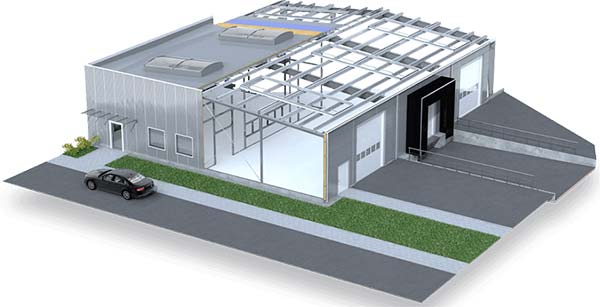
3. Structural Analysis and Engineering
Load Calculations: Perform thorough calculations to determine the loads that the structure will support, including dead loads, live loads, wind loads, and seismic loads.
Material Selection: Choose appropriate grades of steel that meet the structural requirements while considering cost and availability. Common options include S235, S275, and S355 grades.
4. Foundation Design
Soil Investigation: Conduct a geotechnical investigation to understand soil conditions. This will inform the type of foundation required (e.g., shallow or deep foundations).
Foundation Footprint: Ensure that the foundation design accommodates the weight of the steel structure and machinery loads, providing stability and durability.
5. Safety and Compliance
Building Codes and Regulations: Ensure that the design complies with local building codes and regulations, including fire safety, structural integrity, and environmental standards.
Safety Features: Incorporate safety measures such as emergency exits, fire suppression systems, and adequate ventilation to protect workers and the facility.
6. Energy Efficiency and Sustainability
Insulation and Cladding: Use insulated panels for walls and roofs to enhance energy efficiency. Consider materials that provide good thermal performance while minimizing heat loss.
Natural Lighting: Design for ample natural lighting through skylights or large windows to reduce energy consumption during daytime operations.
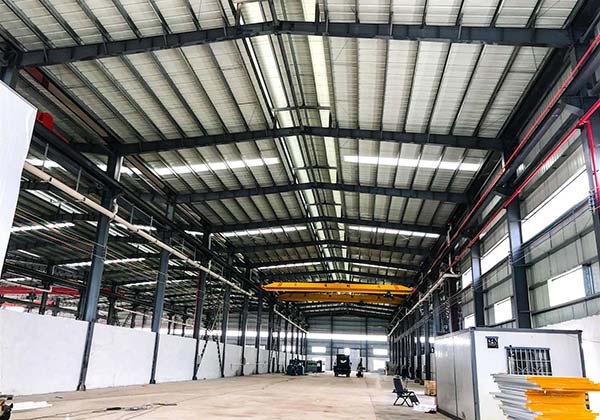
7. Workflow and Space Optimization
Layout Planning: Optimize the factory layout for efficient workflow. This includes minimizing the distance between workstations and ensuring logical movement of materials and personnel.
Storage Solutions: Implement efficient storage solutions, such as pallet racks or mezzanine floors, to maximize vertical space and improve inventory management.
8. Mechanical and Electrical Systems
HVAC Systems: Design an effective heating, ventilation, and air conditioning (HVAC) system to maintain a comfortable working environment and ensure air quality.
Electrical Infrastructure: Plan for adequate electrical supply, including lighting, machinery power needs, and emergency backup systems.
9. Project Management and Timeline
Construction Schedule: Develop a realistic project timeline that accounts for design, procurement, and construction phases. Use project management tools to track progress and ensure timely completion.
Budget Management: Establish a detailed budget that includes all aspects of the project, from design to construction to commissioning.
10. Post-Construction Considerations
Maintenance Planning: Create a maintenance plan that outlines regular inspections and upkeep of the structure and systems to ensure long-term performance.
Feedback Loop: After the factory is operational, gather feedback from users to identify areas for improvement in future designs.
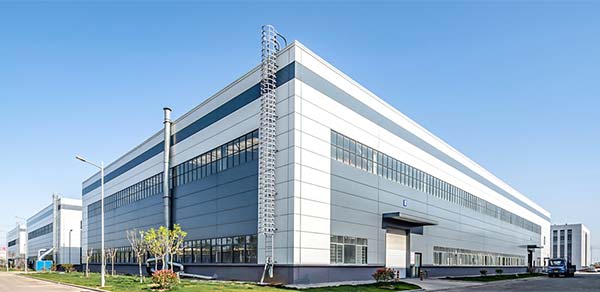
Conclusion
Designing a steel structure factory is a complex process that requires careful planning and execution. By considering the fundamental requirements, adhering to safety regulations, optimizing workflow, and incorporating energy-efficient solutions, you can create a functional and sustainable facility that meets the needs of modern industrial operations. Collaboration with experienced engineers, architects, and construction professionals is essential to ensure the success of the project from conception to completion.

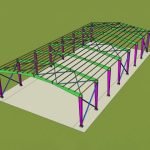
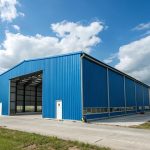
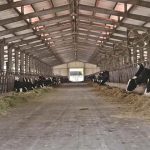
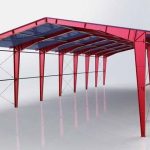
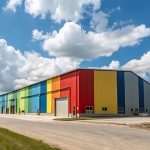
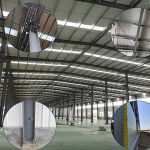
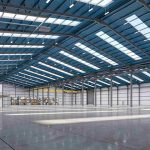
Send us the inquiry form